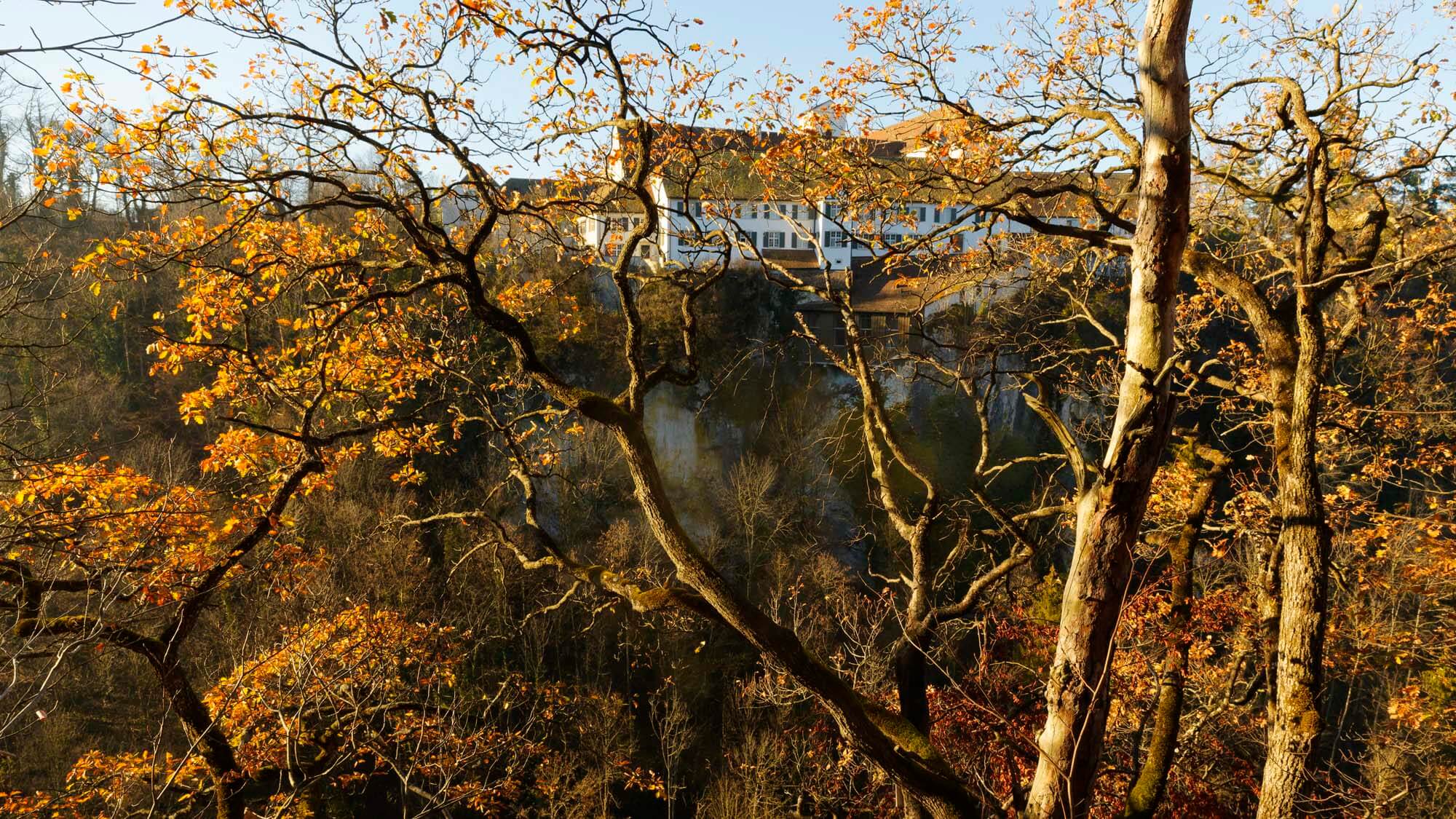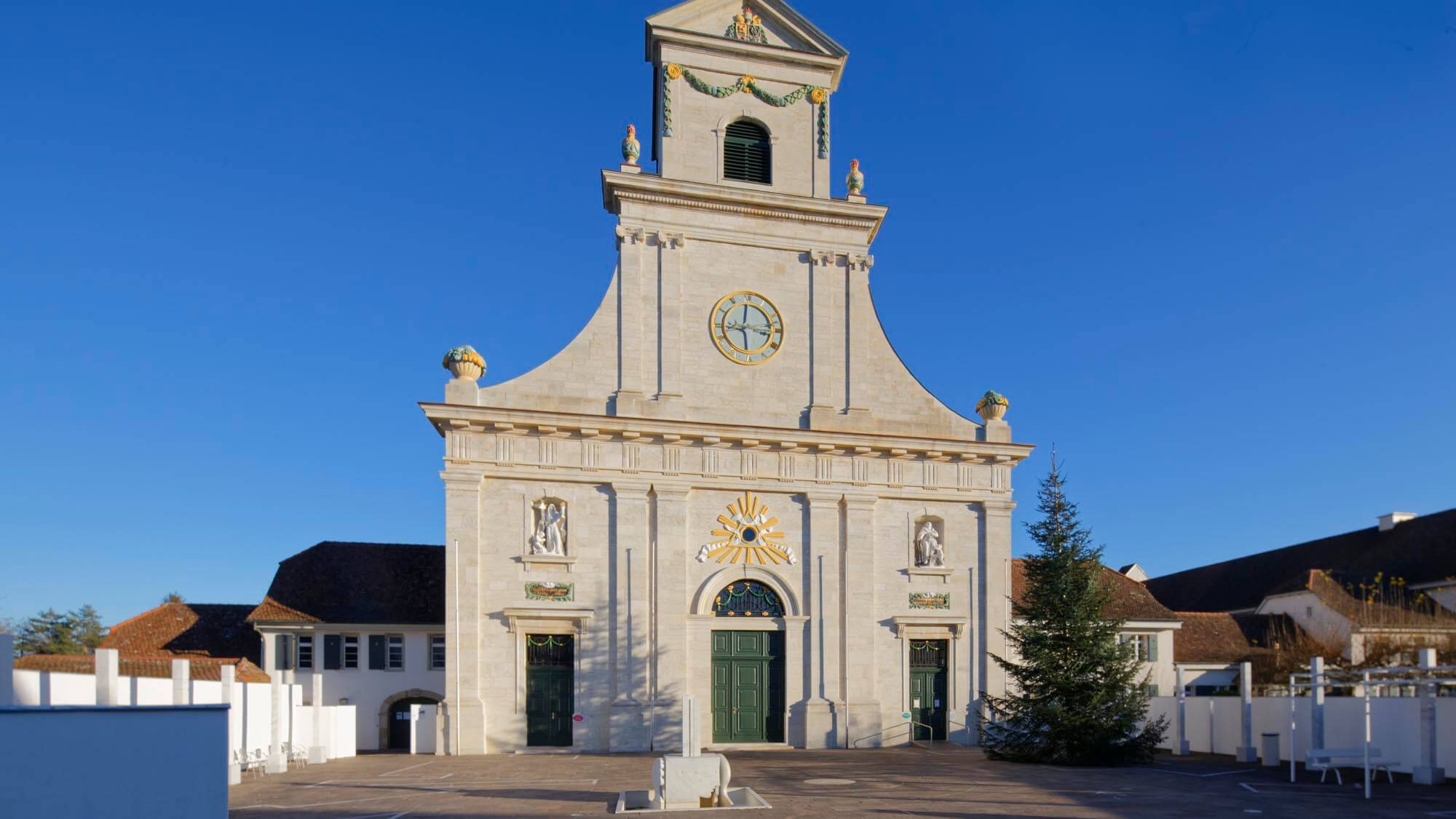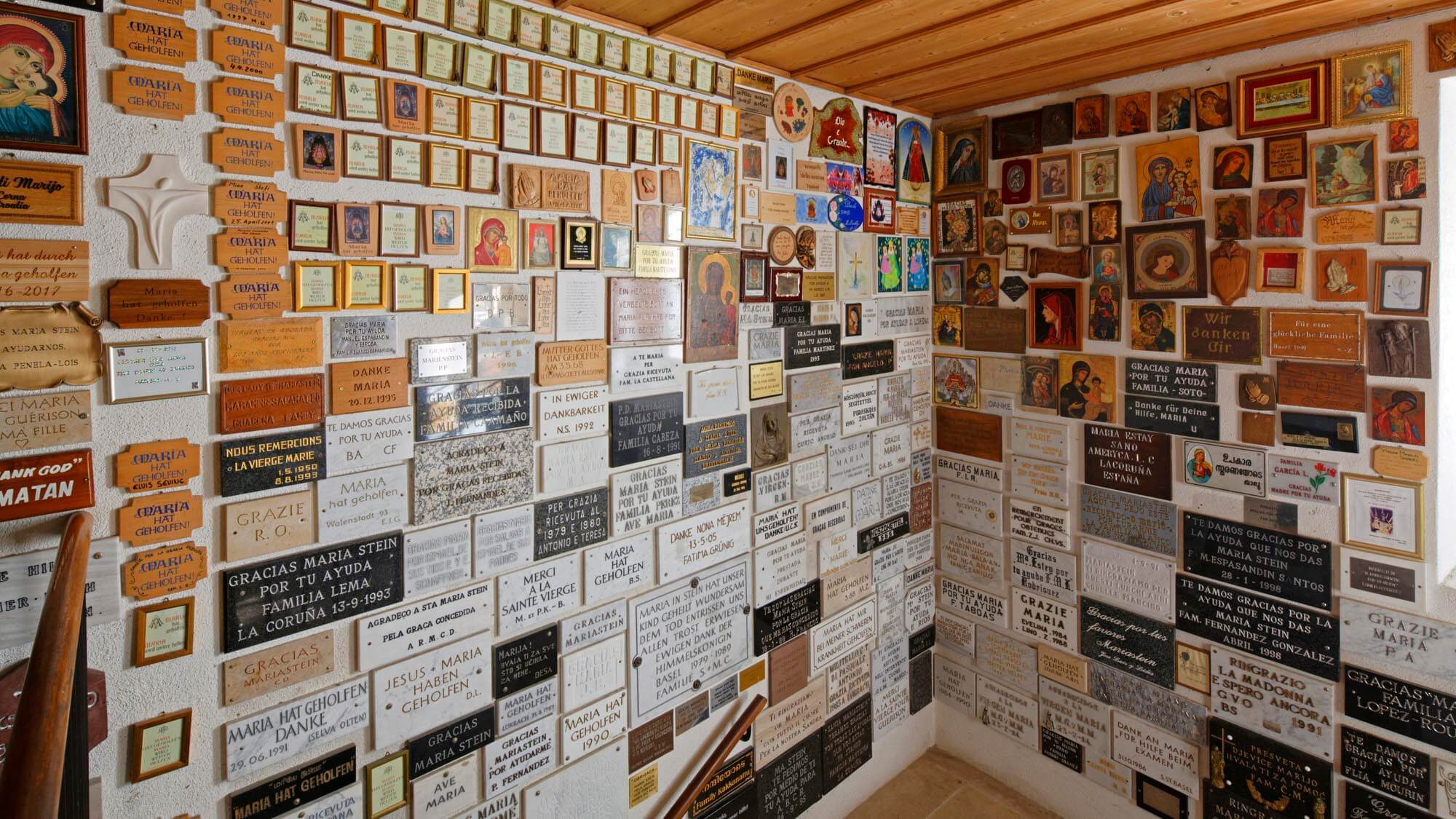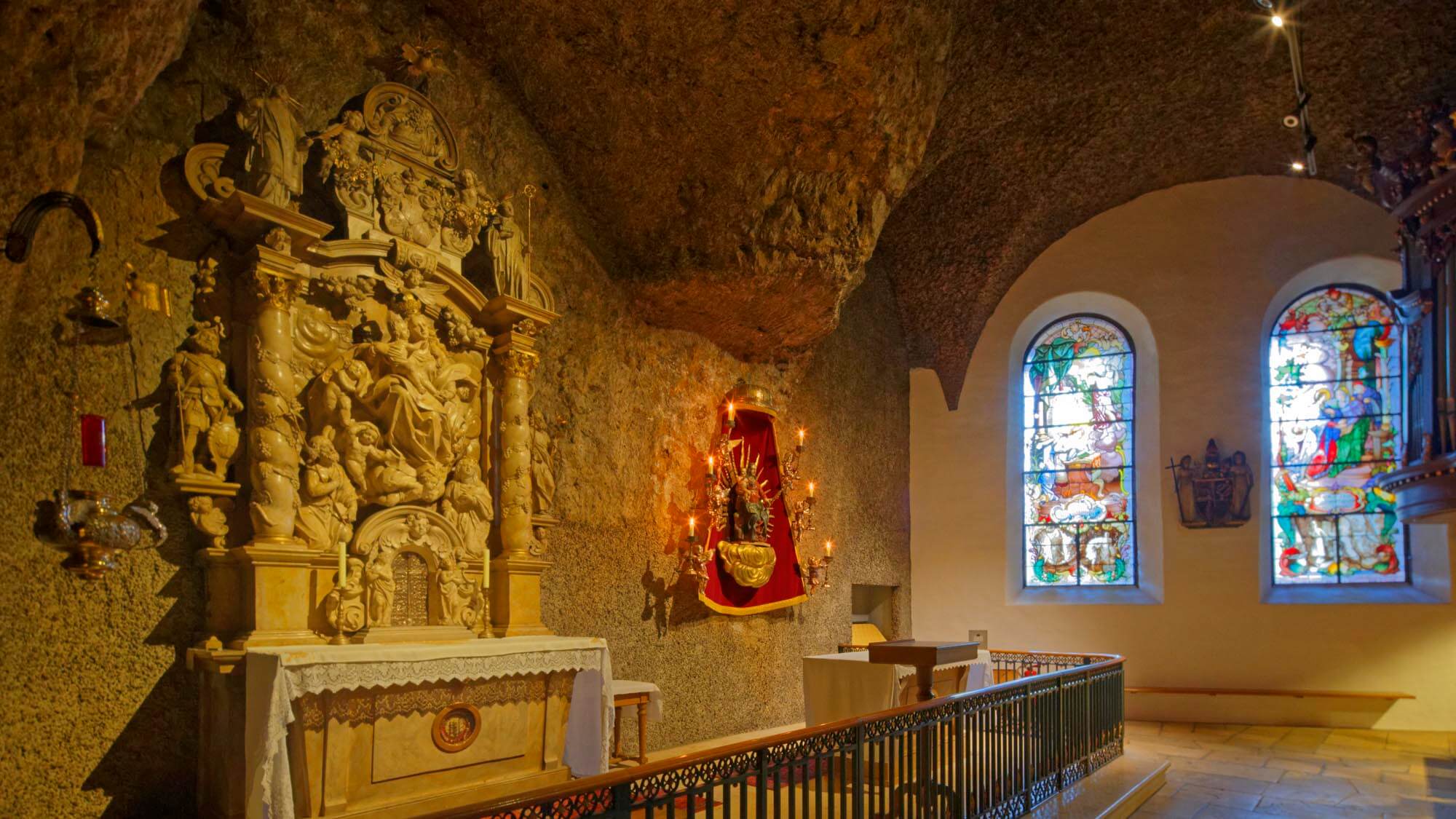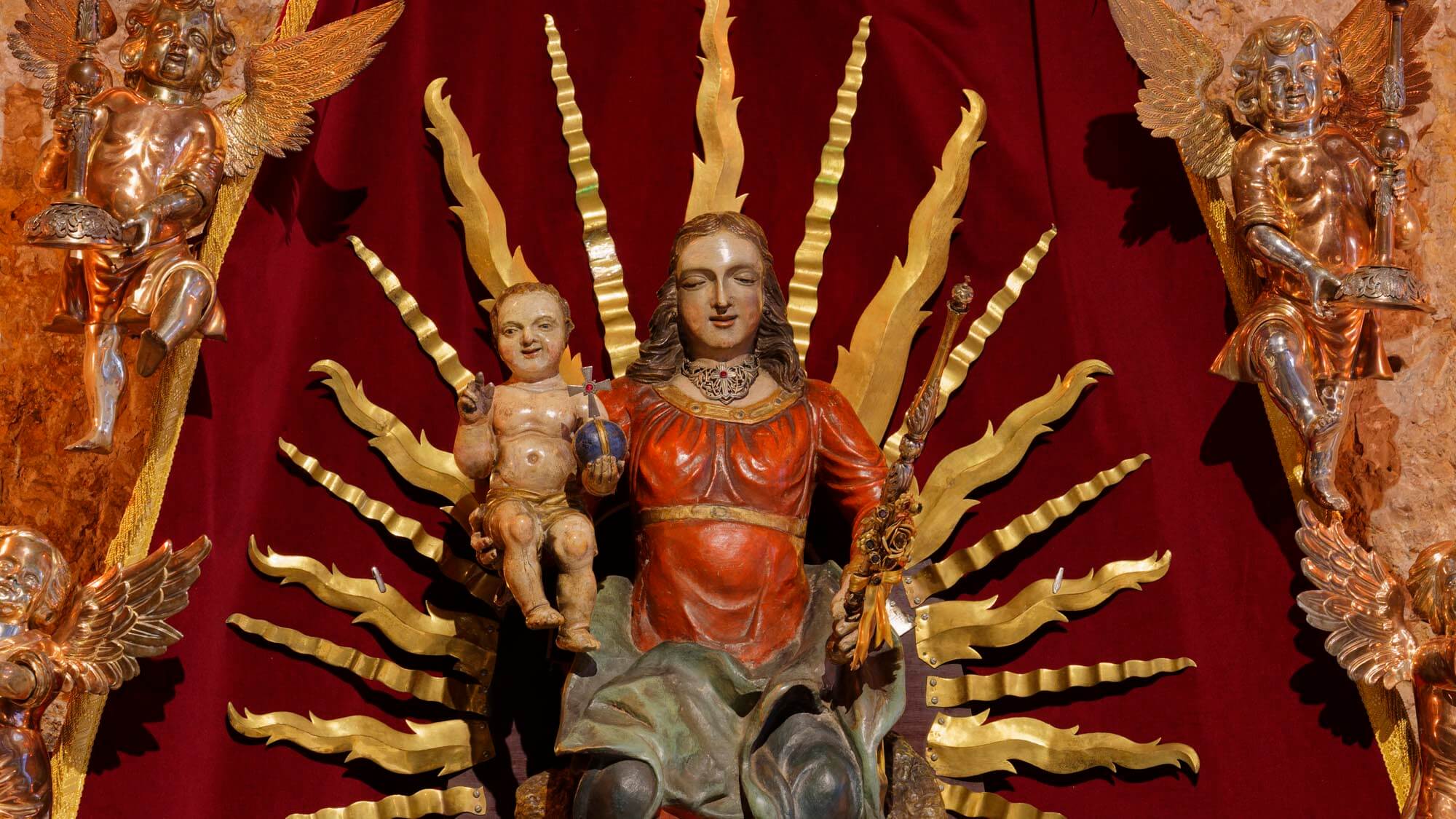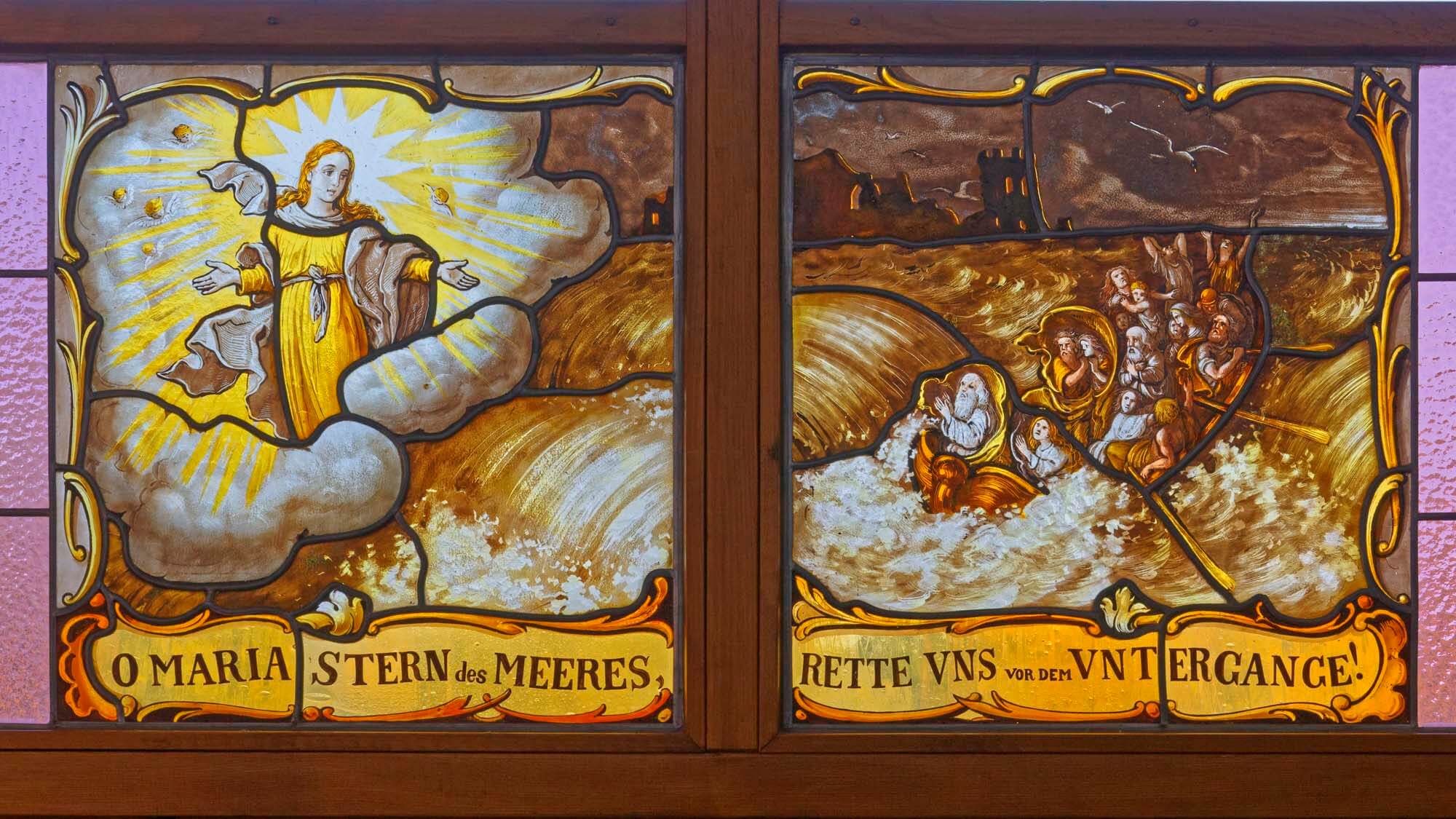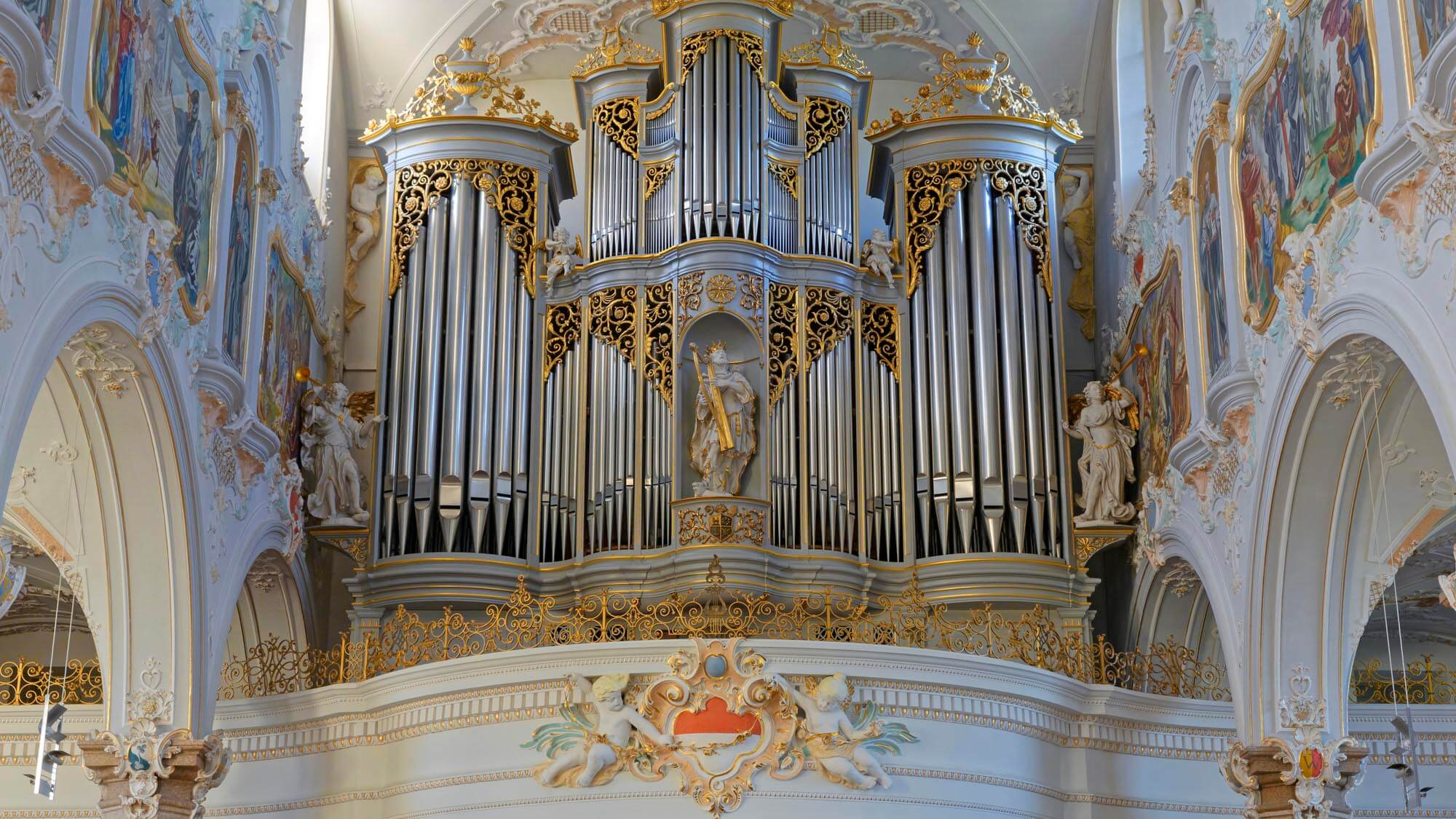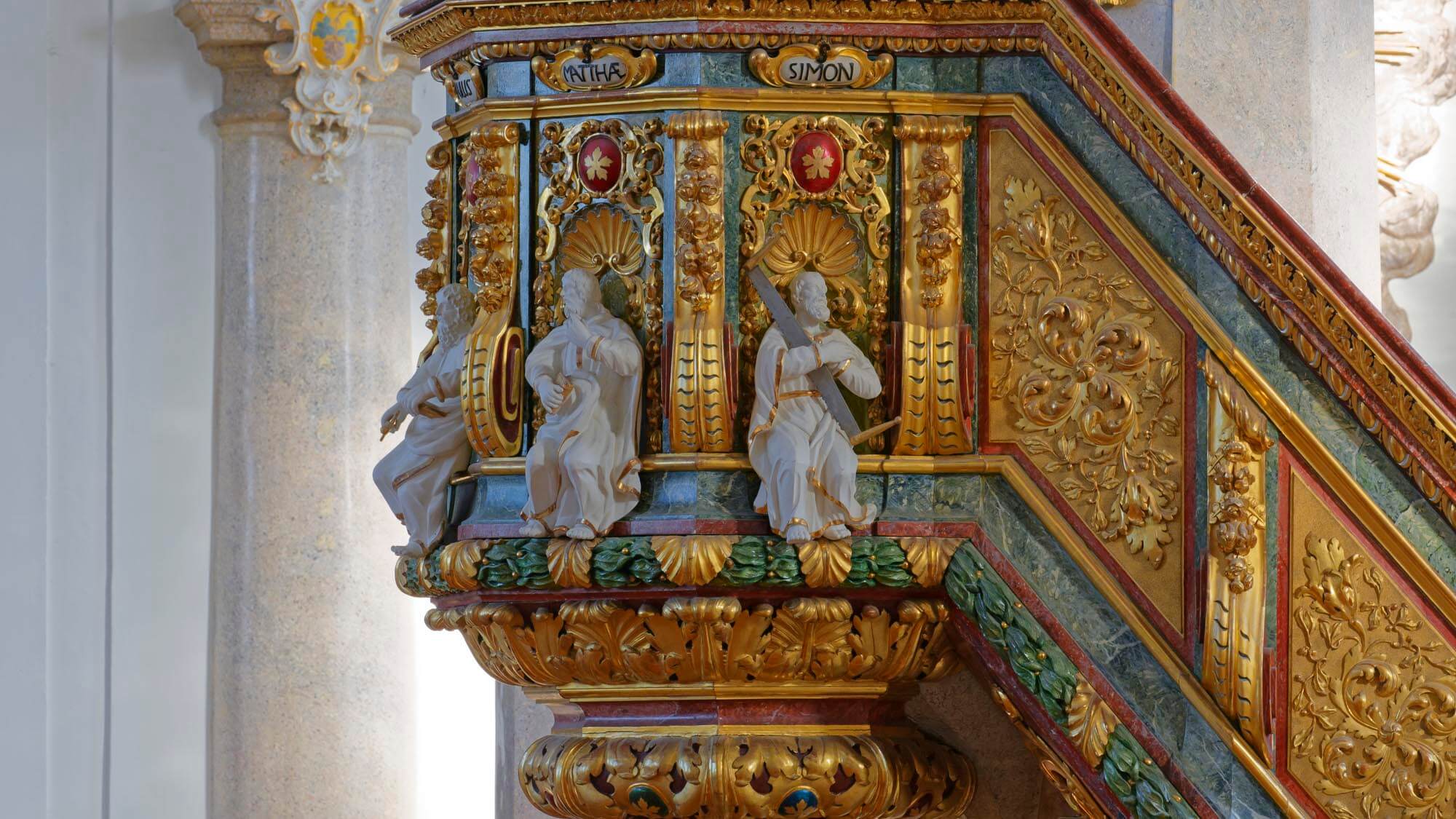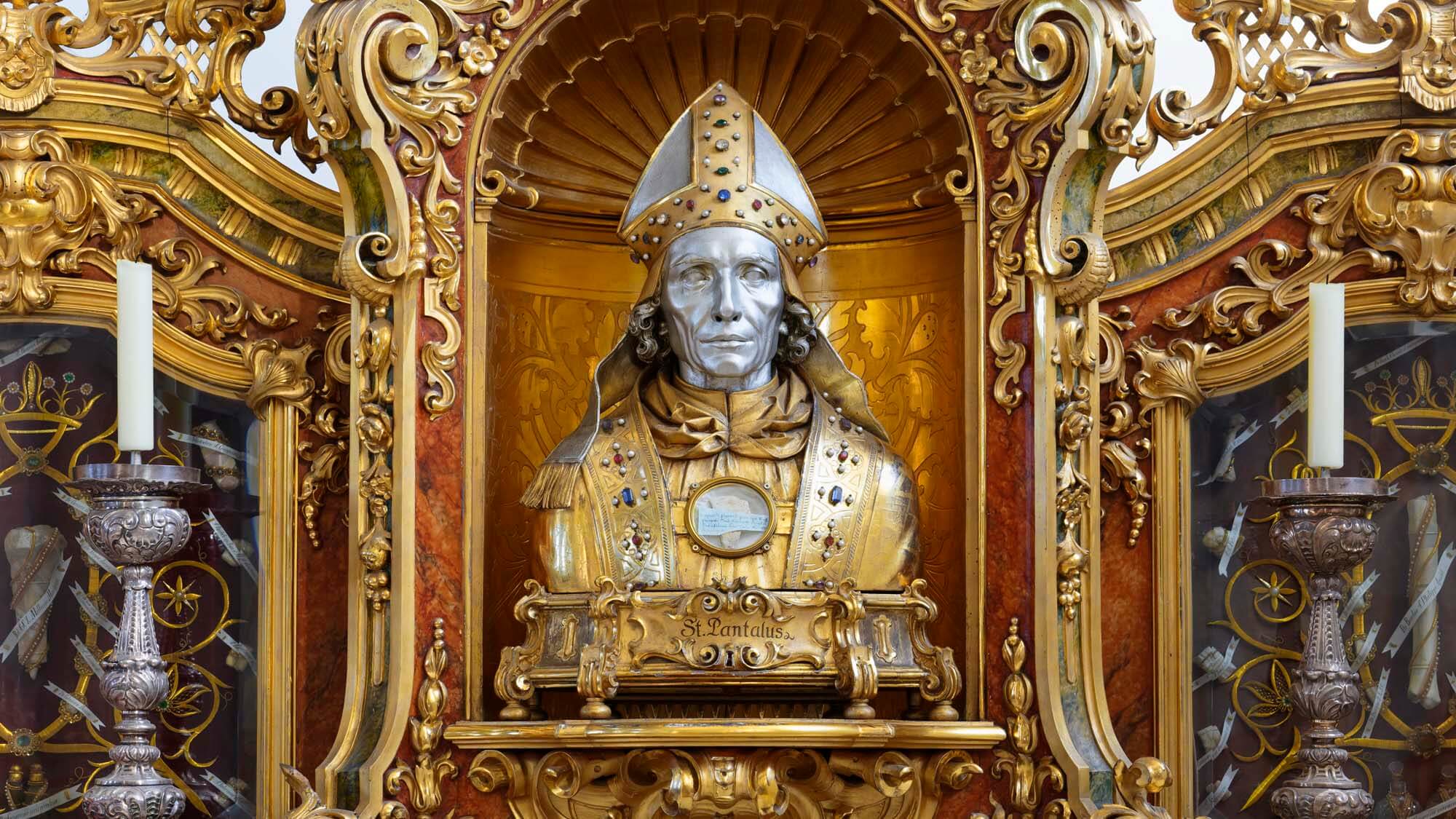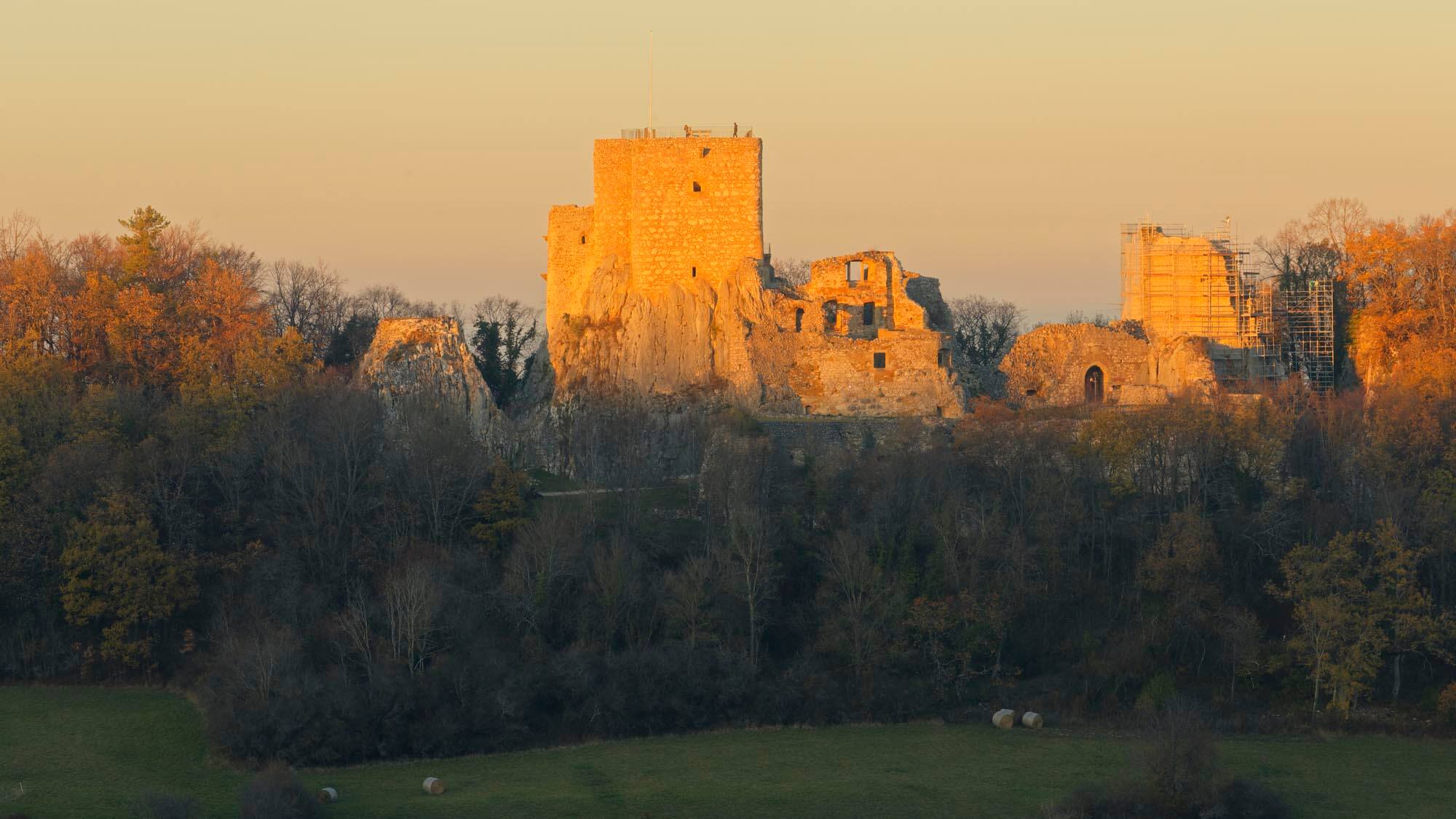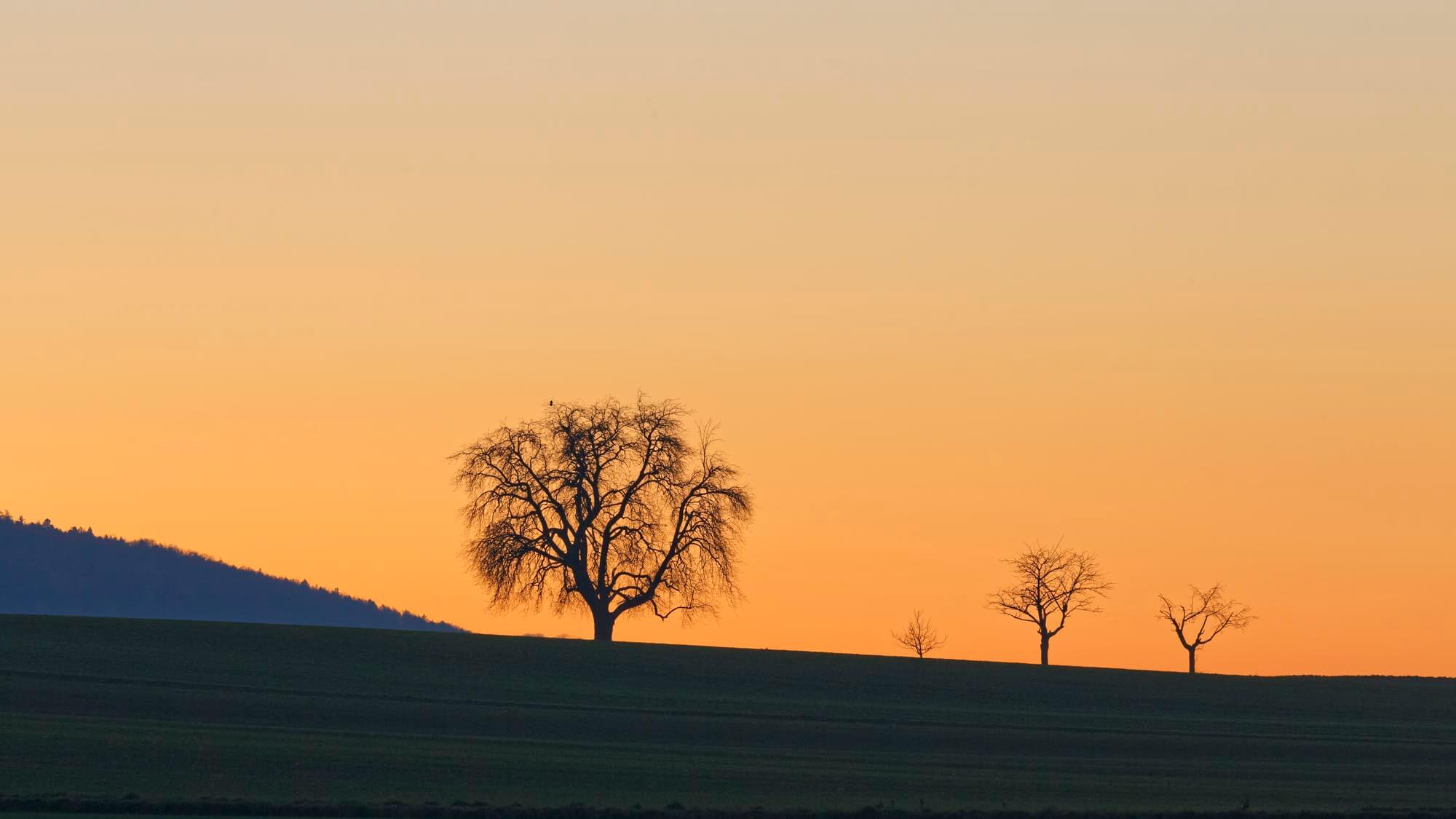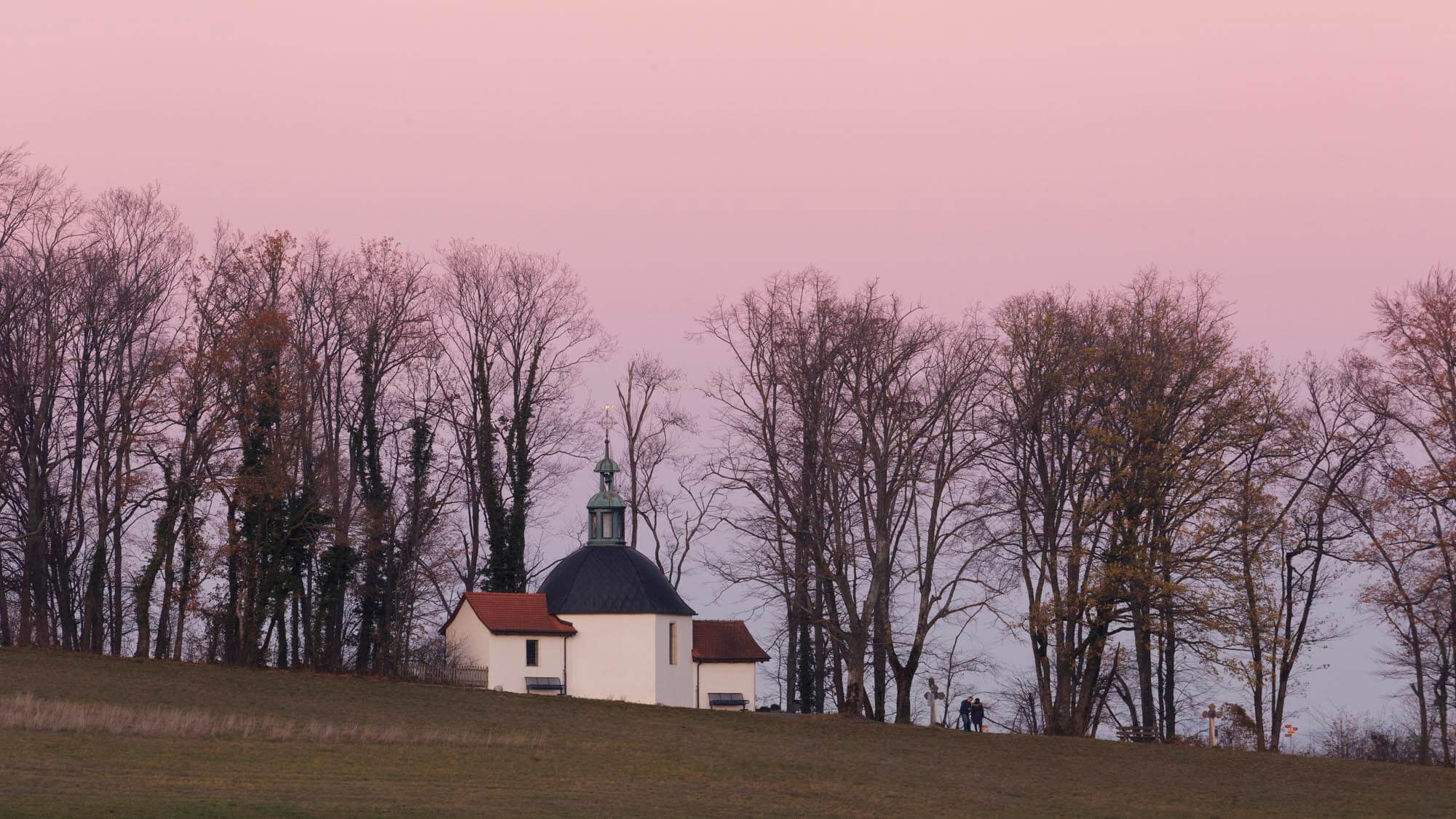The grace cave in the rock
In the narrow valley, which leads from Flüh to Rotberg Castle, lies the cave of ‹Maria im Stein› on the right rock face. A pilgrimage church and a mighty Benedictine monastery rise above it. To the left of the church portal, a long, arched corridor leads into the “Gnadenhöhle”, the walls of which are covered with votive plaques made of marble and granite. “Maria helped”, “merci” and “grazie Maria” are engraved on it, occasionally Tamil lettering can be seen. Mariastein is also a sacred place for the Hindus living in Switzerland, since ‹Maria im Stein› represents the dark life-in-death goddess Kali, whom she venerates here. It is believed that the cave facing the rising sun was already a cult place in pre-Christian times.
After an eventful history, which had started with the escape of the monks during the revolutionary period, the pilgrimage was continued by the bishop residing in the canton of Solothurn until the Benedictine abbey was finally legally restored in 1971. As a result, the monastery complex and pilgrimage church were extensively renovated.
On the hill, which extends towards Flüh, behind the former monastery courtyard a path leads up to the St. Anna chapel, in which frescoes from the 15th and 17th centuries are still preserved. Cultural historians interpret Saint Anna, patron of fertility, as the transformation of a Celtic goddess, Ana.


